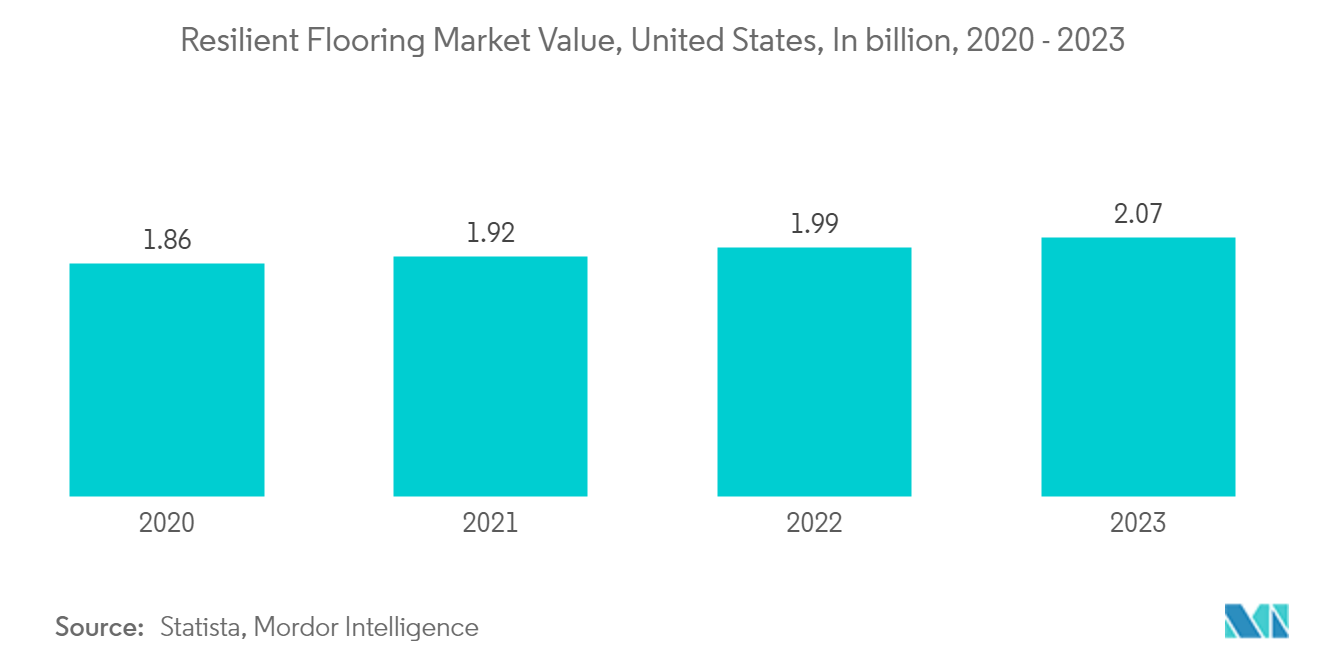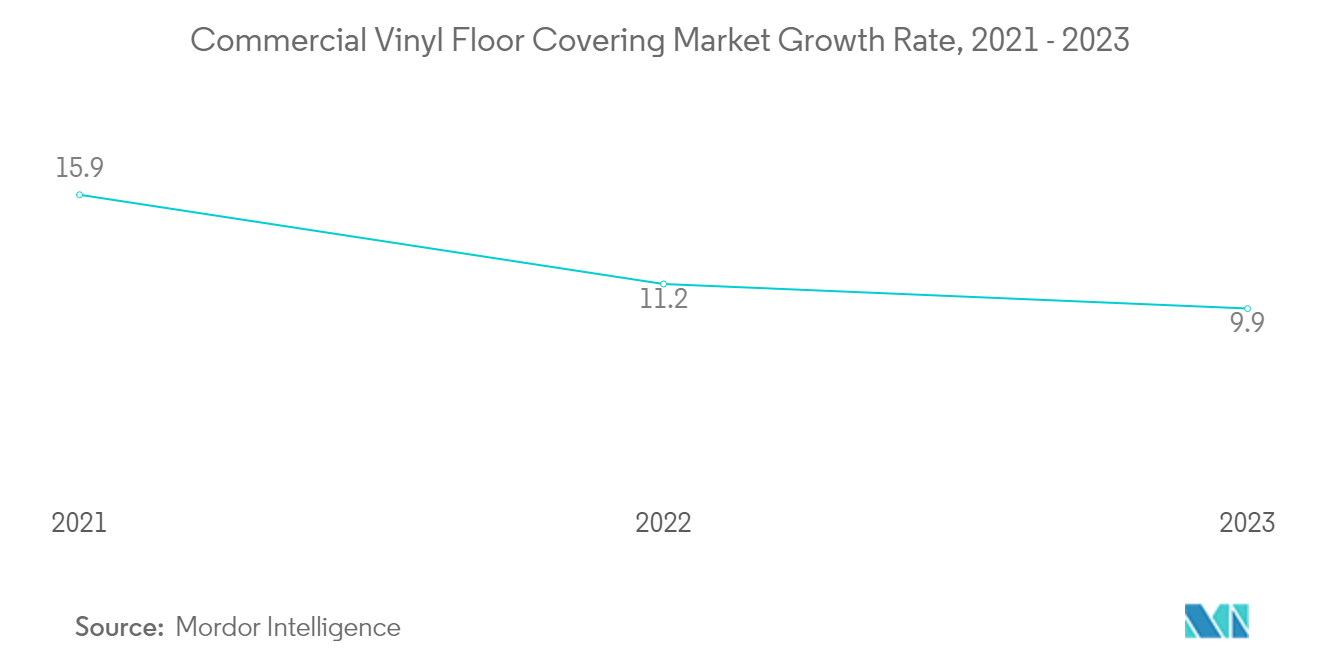Market Trends of United States Commercial Vinyl Floor Covering Industry
Resilient Flooring
Commercial project designers overwhelmingly opt for vinyl composition tile (VCT), luxury vinyl tile (LVT), linoleum, and rubber in the realm of resilient flooring. These choices are favored for their diverse color and texture options, eco-friendly features, and low maintenance needs. VCT, typically the budget-friendly choice, has expanded beyond its traditional 12x12-inch format, now offering a range of sizes and patterns. On the other hand, linoleum highlights its renewable and natural qualities, adding a warm, textured feel to spaces. As the demand for resilient flooring surges, especially in high-traffic commercial settings, materials like rubber, linoleum, and vinyl are gaining traction. These tiles are popular due to their durability, slip resistance, and capacity to withstand heavy foot traffic. This makes them ideal for high-traffic settings such as airports, hospitals, and schools, where safety and longevity are crucial.

Growth in Luxury Vinyl Tiles and Planks Adoption
Luxury vinyl tile (LVT) and luxury vinyl plank (LVP) represent two distinct forms of luxury vinyl flooring. LVT mirrors the appearance of tiles, while LVP emulates traditional hardwood planks. LVT, while mimicking these materials, boasts affordability, superior scratch resistance, and waterproof features. Comprising a photographic print layer for realistic visuals and a wear layer for durability, LVT is available in both plank and tile formats. It embodies the ideal commercial flooring solution, blending sophisticated aesthetics with exceptional durability and easy maintenance.
Vinyl flooring, prized for its resilience, is a popular choice in commercial settings. It presents a cost-effective substitute for natural materials such as concrete, ceramic, marble, and wood, boasting durability and the capacity to endure high levels of foot traffic.


